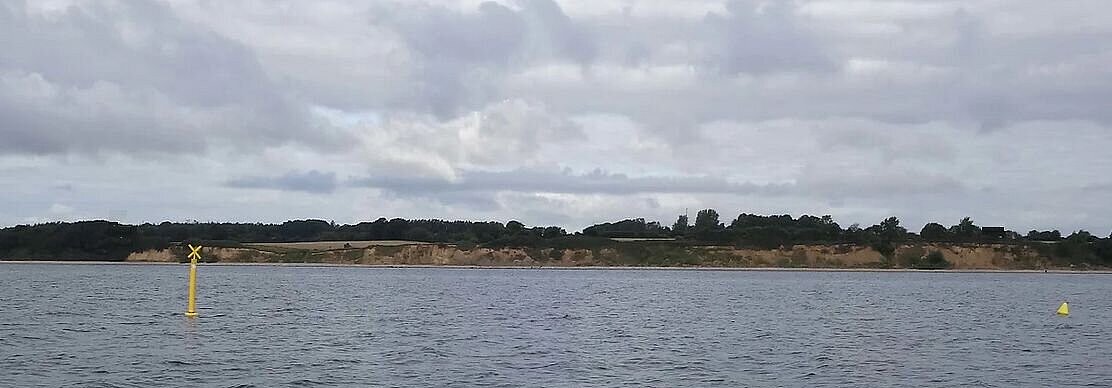
| Project data | |
|---|---|
| Project leader and chief scientist: | Prof. Prof. h. c. Dr. Ursula Siebert |
| Scientific staff: | Dr. Johannes Baltzer |
| Project term: | June 2024 until May 2026 |
| Sponsorship: | Ministerium für Energiewende, Klimaschutz, Umwelt und Natur (MEKUN) |
Project description
The aim of the study applied for here is to investigate the habitat use of harbor porpoises in the western part of the Baltic Sea in a follow-up project using “passive-acoustic monitoring”. To this end, harbor porpoise click detectors (C-PODs, Ceatacean_Porpoise_Detectors) were deployed at a total of four locations in March 2021 to record the presence of harbor porpoises. In August 2023, another station funded by the German Wildlife Foundation was deployed in the Baltic Sea. The monitoring stations in operation (Holnis, Bredgrund, Schleisand, Damp and Waabs) are intended to close the existing gap in the monitoring network between Fehmarn and Denmark. The habitat of harbor porpoises in the Baltic Sea is heavily influenced by human activities and factors that can have a negative impact on harbor porpoise populations. These include commercial shipping, tourist leisure activities, seismic surveys, military activities, fishing, offshore construction, blasting of old munitions, chemical and pharmaceutical pollution and marine litter.
In the Baltic Sea in particular, the harbor porpoise continues to be threatened by fishing with gillnets, in which harbor porpoises can end up as unintentional bycatch. In order to warn harbor porpoises of gillnets, acoustic warning devices are increasingly being used in the German Baltic Sea to warn porpoises of nets. These warning devices (Porpoise Alert = PAL) simulate the communication sound of harbor porpoises. Whether these devices lead to a reduction in by-catches has not yet been conclusively investigated. There is also currently no accompanying research to investigate whether these devices lead to the displacement of harbor porpoises.
The anthropogenic interventions described are only the most serious for the harbor porpoise. All these activities have a simultaneous effect on the harbor porpoise population and cannot be considered separately. The absence of older animals among the harbor porpoises captured and stranded in all study areas could be an indication that harbor porpoises in the Baltic Sea are affected by cumulative anthropogenic activities.
This study addresses the following questions:
1. where do harbor porpoises occur in the western Baltic Sea?
2. are there seasonal trends in the occurrence of harbor porpoises?
3. which areas are of high ecological importance for harbor porpoises (e.g. foraging hotspots)?
4. can the C-POD data collected as part of this monitoring be used to investigate the effects of blasting on harbor porpoises?
5. can recommendations be derived from the results for certain periods when blasting should be considered more critically than in others?
6. does the presence of PAL signals have an influence on the dating of harbor porpoises?
Contact person
Stiftung Tierärztliche Hochschule Hannover
Institute for Terrestrial and Aquatic Wildlife Research
Werftstr. 6
25761 Büsum
Dr. Johannes Baltzer
Phone: +49 (0)511-8568177
e-mail schreiben


